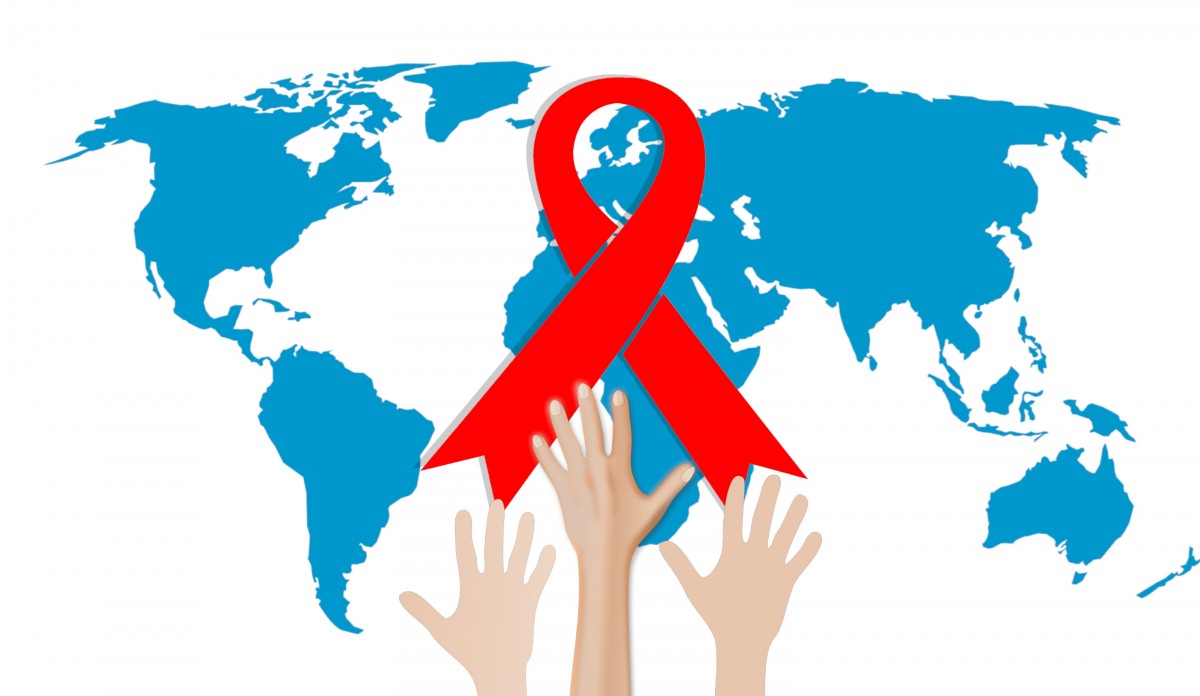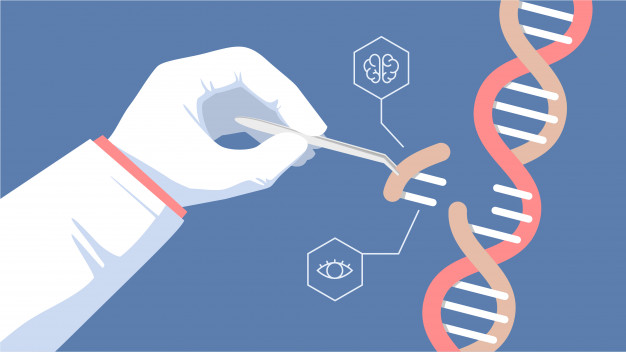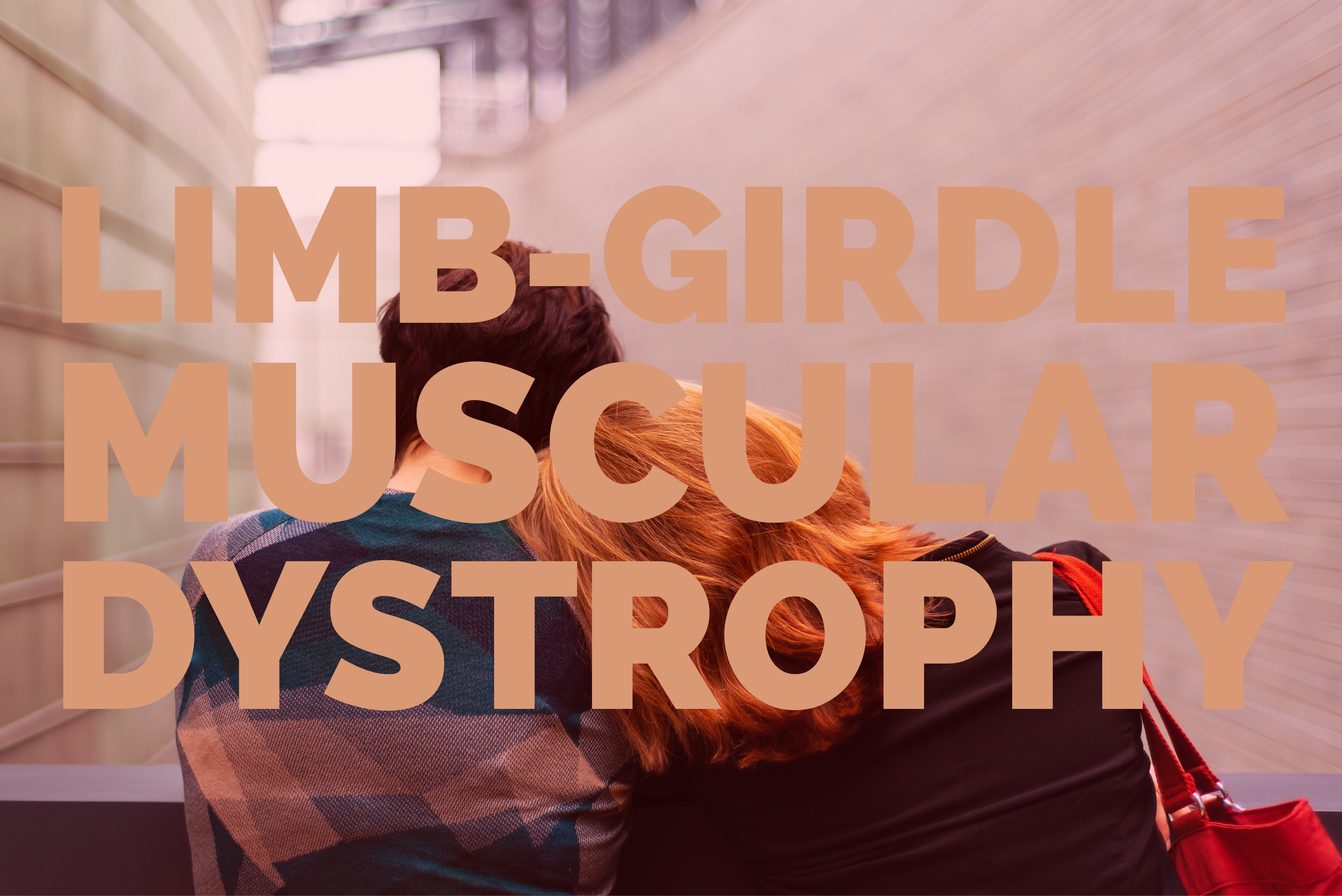
It’s estimated that as of 2020, almost 40 million people have died from an Aids-related illness. However, modern day antiretroviral therapy (ART) make HIV a livable disease. With ART becoming more accessible worldwide, deaths related to HIV/AIDS illnesses are on a steep decline. But with 37.9 people still living with HIV as of 2018, scientists have not become complacent in the search for an HIV cure. And after decades of searching, scientists are discovering that with gene therapy, the elusive HIV cure may be on the verge of discovery.
Since the discovery of the Human Immunodeficiency Virus (HIV for short) in 1983, scientists has searched for an Hiv cure to no avail. But in the mid 1990s scientists, scientists made an astonishing discovering in Stephen Crohn, a man who appeared to be immune to contracting the virus.
Stephen, researchers found had a mutation in the CCR5 gene which prevented him from, despite being exposed to HIV, contracting the disease. This led to decades long interest in this gene mutation, one they coined CCR5 delta 32. Furthermore, compounding on this discovery were two people who after receiving a bone marrow transplant of hematopoietic stem cells from people with the natural occurring CCR5 delta 32 mutation, had their HIV sent into remission. In fact, CCR5 is the very gene that was altered in Lulu and Nana (pseudonyms) in an attempt to induce a natural immunity to HIV in the twin girls.
The HIV Cure
The HIV cure seems to be in resetting a persons immune system with transplant of hematopoietic stem cells containing the CCR5 delta 32 mutation, but bone marrow transplants for 37.9 million people is not entirely a viable option. For one, just one percent of a tiny demographic off the population contain this gene. Two, bone marrow transplants are dangerous to its recipients. There is always the chance that the recipients body reject the transplant. This is where gene therapy come into play.
In one practical application, researchers from Temple University and the University of Nebraska Medical Center were able to completely eliminate the virus from humanized mice by combining both ART and CRISPR gene editing. It should be noted however that this treatment was not able to cure all the mice that were infected with HIV, but nevertheless was able to remove the virus from some of the mice. Now they are hoping to move to human trials sometime in 2020.
In the private sector, another company American Gene Technologies are trying to induce the protective mutation in HIV patients and if successful, will rid patients of the deadly virus. The experimental therapy includes separating the T-cells from about 400 millimeters of blood from an HIV patient, incubating those T-cells, then engineering those cells with the desired mutation, two weeks later those cells will then be infused back into the patient. This process is supposed to be a one time treatment that will cure the patient of HIV. The company is expected to open enrollment for the clinical trials this February of 2020.
Going Forward
Though I provided only two entities, numerous companies and educational institutions around the word are pursuing an HIV cure along the gene therapy avenue. However, once we successfully find the cure via gene therapy, as I believe we inevitably will, the challenge of making said therapy affordable to the estimated 40 million people worldwide living with HIV remains. Despite these challenges however gene therapy is still the most likely candidate for providing us with an HIV cure.





More Stories
Using CRISPR Chinese Scientists Successfully Slow Down Aging in Mice
CRISPR Babies Scientist Sentenced To Jail Time
CRISPR Used On HIV Patient For The First Time By Chinese Scientist